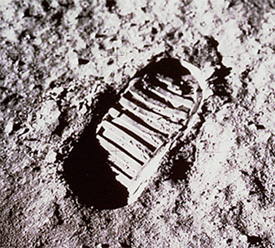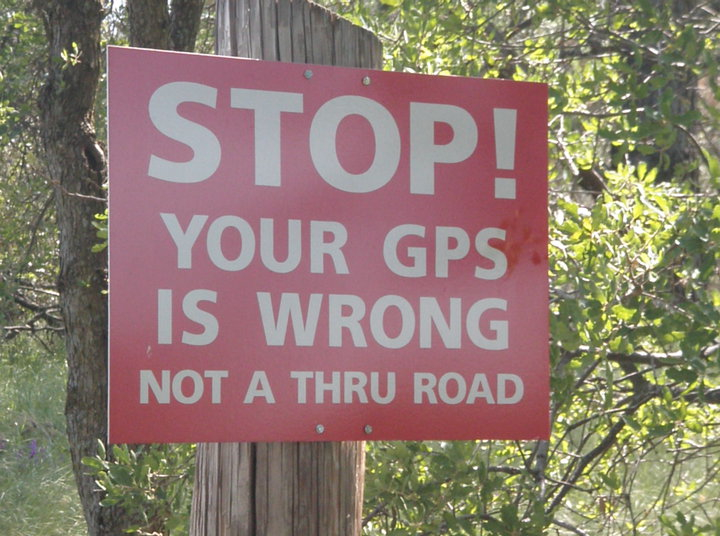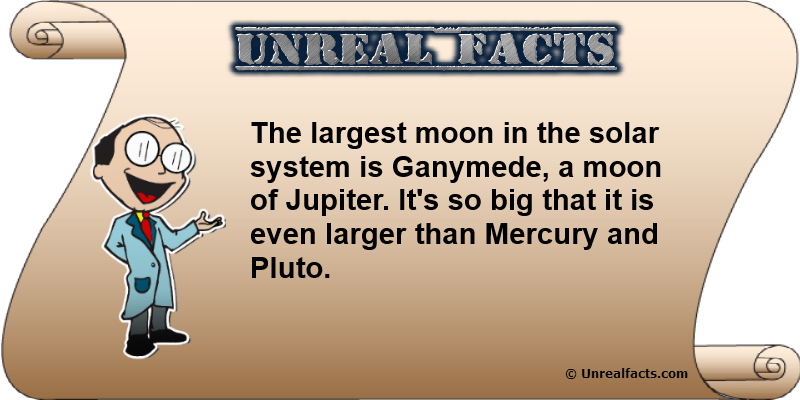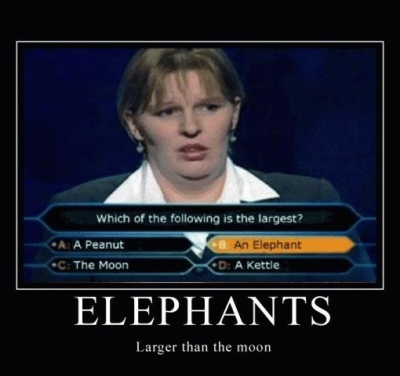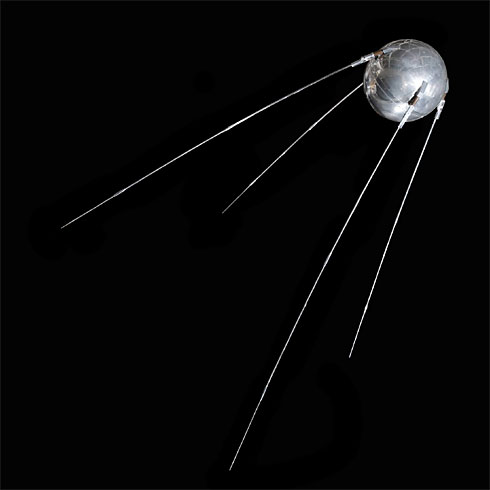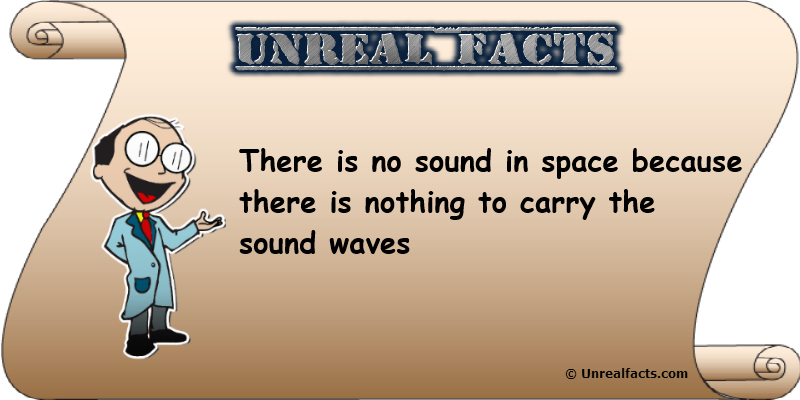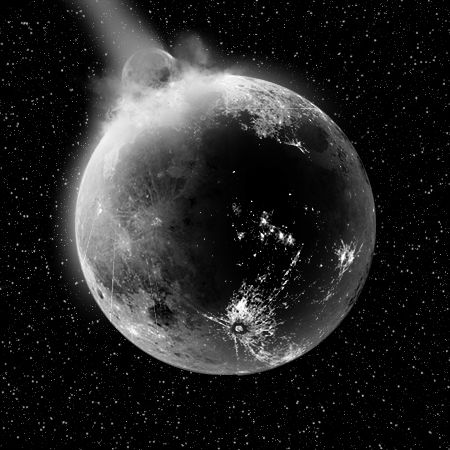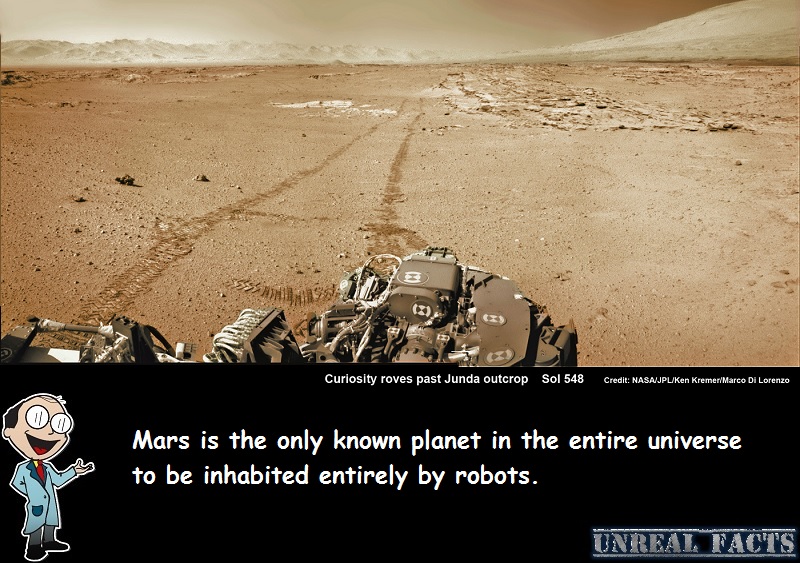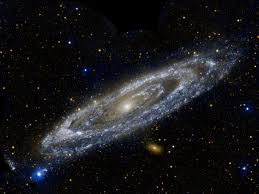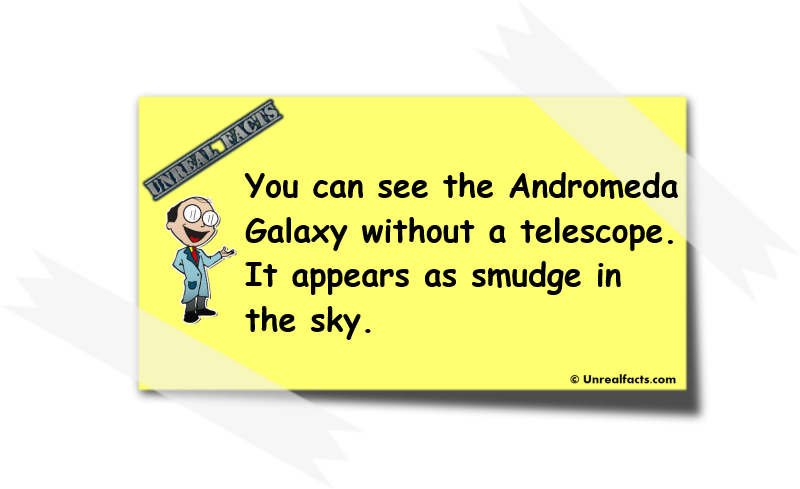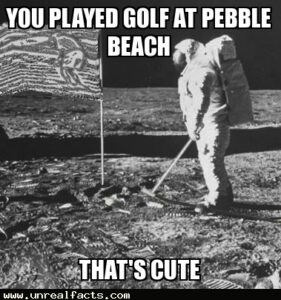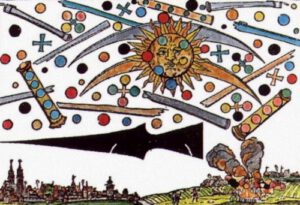14 The Moon Smells Like Gunpowder
This is very interesting and probably something that no one has ever thought of asking before. What does the moon smell like? Well the answer is…. The moon smells like spent gunpowder. But how can anyone smell the moon?
Well it goes back to when the astronauts were walking on the moon during the Apollo moon landings. But wait… The astronauts had space suits on, right? They sure did and with the suits on they could not smell the moon. But when they went for walks on the moon dust from the surface attached itself to the spacesuits. The astronauts could not get all of the dust off the suits no matter how much they tried. It was when they entered the safety of the Lunar Lander and their suits were removed that they could smell the dust.
So the question now is, “is moon dust made from the same stuff as gunpowder? The answer is no. Gunpowder is made out of a mixture of nitrocellulose and nitroglycerin which are organic flammable molecules not found on the moon. About half of the moon dust is made out of silicon dioxide glass formed by meteoroids hitting the moon. It is also rich in calcium, magnesium and iron that is bound up in minerals like olivine and pyroxene, so it is nothing like gunpowder.
If the moon smells like gunpowder are there side effects from smelling it?
Another amazing thing about moon dust is Apollo 17 astronaut Gene Cernan even developed hay fever from the dust, the first and only ever recorded case of extraterrestrial hay fever. Apparently the hay fever came on very fast, but his immune system quickly built up a resistance to the new substance.
15 GPS Satellite Clocks Tick Faster Because Time Slows for Them
GPS is something nearly all modern day travelers take for granted. It has allowed the modern day explorers a way of getting from point A to point B with ease. It is also used by rescue organisations the world over and has saved many lives. It was initially a development of the US military, but it was later released to the general public. But did you know that the clocks on the gps satellites need to tick faster to make the adjustment for their own form of time travel? In a way this is kind of correct. The clocks in gps satellites tick faster because of time travel, because they travel so fast time has been slowed down. The reason for this is due to the speed of light constant. Einstein’s theory states that light is a constant, and that it will be viewed the same from all observers. So what does this mean, and how does it fit in with a gps satellites travelling through time. Lets try and explain.
Imagine that you are in a car travelling nearly at the speed of light, lets say 1 metre per second slower. You turn your headlights on. An observer on the side of the road will see the beam of light travel at the speed of light, and just behind it will be you in the car. Every second the car will fall one metre behind the speed of light. Now change observers to you in the car. When you turn on the headlights you will see the light speed away from you at the speed of light. So how is this possible? Einsteins theory is that light is a constant speed, and as such all observers will see light the same.For the stationary observer on the side of the road, they see the light from the headlights in front of the car slowly move away from the car that is travelling just a tad slower than the speed of light. For you in the car, the reason you see the light speed away from you is because you have slowed time, and as such, when you turn on the lights it will travel away from you at the speed of light because light is viewed the same from all observers.
This is what is happening to gps satellites. Because they move so fast the clocks on the gps satellites need to be adjusted for the slowing of time, hence their time travel. Essentially what is happening is the clocks appear to be ticking slower than they actaully are from us here on Earth, so they have to run faster so we can observe them at “normal” speed. Because of the accuracy needed with gps satellites if they didn’t adjust their clocks for their slowing of time the positions given by the satellites would be off by up to 11 kilometres (6.8 miles) every day. So after 1 day it would be 11 kilometres, two days 22 kilomteres and so on. Thankfully, this is what the scientists took into account when they designed the gps system. How much faster do the clocks on the gps satellites tick? They have been adjusted to tick 38 microseconds faster.
16 The Largest Moon in the Solar System
The largest moon in the solar system is not our own moon. Our own moon doesn’t even come anywhere close to the monstrous size of the largest moon in the solar system. Though the moon orbiting Earth is large in comparison to its parent planet compared to other natural satellites, it even has a tail like a comet, it’s only the 5th largest one in our solar system. So if our moon isn’t all that big, which one holds the record?
It seems only fitting that the largest planet in the solar system also has the largest moon orbiting it. Jupiter’s moon Ganymede is the largest satellite orbiting a planet. It’s so massive that it is larger than the dwarf planet Pluto, and even the inner most planet, Mercury.
The largest planet in the solar system, Ganymede, is a celestial body that more resembles the inner planets than it does its parent, Jupiter. As Jupiter is a gas giant, and without a doubt the king of the planets circling our sun, one would think that the satellites circling it are gas also. In fact, NASA scientists have for a long time suspected that Ganymede had a liquid ocean. Their suspicions were confirmed in 1990 when the Galileo mission confirmed a liquid surface between ice sheets. It also has other characteristics of solid bodies such as a molten iron core.
How big is the largest moon in the solar system?
We have already mentioned that it is even larger than the planet Mercury, but how much bigger? Well, Ganymede measures 5,268 km at the equator and Mercury measures 4879 km. Ganymede is fractionally larger than the second biggest satellite Titan, which is a moon orbiting Saturn. Titan measures 5,150 km at its equator. Titan is the only other known celestial body that contains surface liquid.
17 The Moon Has A Tail Like A Comet
Did you know that the moon has a tail? Yep, it’s up there wagging around, happy, and at times excited to be going on its celestial walk around the sun with its owner, the Earth. Obviously we’re being a little facetious, but the moon certainly does have a tail, it’s just that we can’t see it from Earth.
Hold on a moment. Did we just say that the moon has a tail just like comets? That has to be BS, right? When we look up at the moon there’s nothing there but the moon, and certainly no tail. But it does have a tail, and it’s massive.
The tail of the moon was first detected in 1998 by astronomers who were observing the Leonid meteor storm. The moon tail is far too faint for the naked human eye to detect, and even many telescopes are unable to see this tail. So if it is there, and barely even visible to even the best telescopes, what is the tail made out of?
The tail is formed by atomic sodium gas that is constantly being ejected by the moon. Unlike most comets that eject water vapor into space, the moon has a serious lack of the liquid substnce, so has to eject something for it to be visible.
How was the moon tail detected?
In 1998, the Leonid meteor storm actually intensified the tail, tripling the mass of atomic sodium gas being ejected. The plus side of this was that it made the tail much easier to see.
That just leaves one question unanswered. How long is the tail?
The tail of the moon is massive in human terms, but small in astronomical terms. It stretches for hundreds of thousands of miles away from the sun. It is going away from the sun because it is the sun that is forcing the tiny particles off its surface.
18 Interesting Sputnik 1 Facts
Not too long ago there weren’t very many satellites orbiting earth. In fact, there was really only the moon and the occasional extra moon that pops by Earth every so often. Apart from those two, there were no others. But with the dawn of the space age things were about to change. Before long the space around Earth would become cluttered with space debris and satellites. The debris is obviously not very good, but the satellites have changed the world and our understanding of it in many ways. And to think it all started in 1957 with Sputnik 1, the world’s first artificial satellite. So to celebrate this first leap in technology, we have compiled a list of Sputnik 1 facts.
Cool Sputnik 1 facts
The Sputnik 1 satellite was the worlds first man made satellite and was about the size of a basketball. Although it was physically small, it weighed about 83 kg (183 pounds). If you ask me, that’s one hefty little basket ball.
Sputnik reached an orbital height of about 500 miles. While it was in orbit it traveled at the breakneck speed of 28,900 Km/h (18,000 miles) an hour, taking only 98 minutes to complete one orbit of the Earth.
Sputnik 1 didn’t spend a lot of time in space either. It completed approximately 1,440 orbits before beginning its re-entry into Earth atmosphere. Its battery actually expired before it began its journey back to Earth.
When it came back into Earth it didn’t survive the re-entry process. It’s thought that it broke up somewhere above the Western US. One man reported seeing something glowing in his backyard one morning in Encino, CA. Tests were conducted that proved it was a type of tube used on Sputnik 1, but it hasn’t been able to be proven.
Becoming the first man made satellite into space wasn’t its only accomplishment. It provided scientists with important information about the Earths upper atmosphere, and that radio signals could be returned to Earth.
Those Sputnik 1 facts were pretty cool, but this one about the second edition in the program wasn’t so nice. With the launch of Sputnik 2, the Russian scientists placed a dog, called Laika, aboard the space craft. this dog became the first animal to enter space. But it didn’t survive the ordeal. The intense heat killed the dog after a few hours, even though it was provided with enough food and water to sustain life.
19 There is No Sound in Space
Is there sound in space? It seems like a no brainer doesn’t it? Astronauts go into orbit aboard rockets and space stations and can communicate quite easily with words. Not to mention every Hollywood movie set in space with laser blasters and cool explosions have sound. But there is no sound in space, not even a whisper. Would you like to know why?
The reason there’s no sound in space
Saying that there is no sound in space is a little confusing. If you were to exit a space ship without a suit (assuming that you can survive that is), and yell out as loudly or quietly as you could, you just made a sound. But here’s the catch. If you had a fellow astronaut with you, no matter how close they are to you or how loudly you yell, they wouldn’t be able to hear you. You would have heard yourself due to the structure of your skull, with the sound passing to your ears via your own body. But no one else would have. Even the Big Bang, the single biggest event ever in the history of the universe, was silent. The reason for this is the complete vacuum of space.
Think about this for a moment. When you hear a really loud sudden noise, or even extremely loud speakers at a concert, you can feel the noise. You can feel the noise from the sound because it travels through some form of material. All sound, no matter what it is, can only move through a medium, such as air, water or even steel. It works by vibrating the molecules in the material. As each molecule vibrates it passes on a part, but not all of the vibration to the next. That’s why sound gets quieter the further away from the source you are. Space, as it would have it, is void of all these requirements to pass sound waves along.
If you found this fact informative you may also like:
- We are made of stardust
- Earth has an extra moon
- There was an unexplained space battle seen in Germany in 1561
20 Brightest Comet Ever
When Comet ISON approached late 2013 it promised to be the brightest comet ever, and most visible. But so far as comets come and go the most notable is Halley’s Comet which has an orbit of 75 to 76 years and is the only short term comet that is visible to the naked eye. But what about other comets? There have been some comets throughout history that have been quite spectacular.
For those among us who don’t understand the importance of brightness it is the ability to see it in the night sky. The lower a magnitude it has, the easier the object is to see. If the moon had a high magnitude, we would still be able to see it, but the details visible to us would be far less detailed.
I can still remember as a young child when Halley’s comet last paid us a visit. I was awestruck, to say the least. It was a magnificent sight to behold. But now as an adult, with the prospect that I may not get a chance to witness it again, I now look for other comets, generally long period comets to take a peek at. I must admit that I was surprised to learn that Halley’s isn’t that bright at all. Especially hen compared to some of the brightest comets ever.
The two brightest comets in recorded history occurred almost two thousand years apart. They both had very close perihelion’s (the point of closest approach to the sun) and a negative magnitude. A negative magnitude signifies that it is extremely bright.
The first of these comets, and as far as some regard as the brightest, was Caesar’s Comet of 44BC. It was said to have appeared at the death of Julius Caesar and was visible for seven days. Many writers of the day claimed it was sent to carry the soul of Caesar off to make him a star to watch over the forum. Historians and physicists believe this comet may have been -4 magnitude.
The second comet in contention to be brightest was the Great Comet of 1882. It had a negative magnitude of -7 and was bright enough to be visible next to the sun during it’s perihelion.
It is difficult to compare comets from centuries ago as the scientific apparatus used to detect brightness is a relative new invention. Historians and physicists must rely on eye witness accounts from the day and draw their conclusions from that. Either way, whether it was Caesars Comet or the Great Comet of 1882 that was the brightest comet ever, both would have been a magnificent sight to see.
21 Father Of The Big Bang Theory Was A Catholic Priest
The theory of the beginning of the universe is called the big Bang theory. It’s hypothesis suggests that everything in the universe came about from this one massive explosion. The first person to suggest the idea of a Big Bang came from the most unlikely of backgrounds. He was Georges Lemaître, a Belgian astronomer and professor of physics, and also a catholic priest.
Lemaître called his theory the hypothesis of the primeval atom. The framework for the Big Band theory relies on Albert Einstein’s theory of general relativity. Lemaître’s Big Bang theory was not his only ground breaking theory. He also proposed the theory of the expansion of the universe, which has been misattributed to Edwin Hubble. He was also the first to derive what is known as Hubble’s law, and he also made the first estimate of what is now known as the Hubble constant. He published this a full two years before Hubble’s article. The only problem was that the data Lemaître used didn’t allow him to prove that there was an actual linear relation. Edwin Hubble did that in his paper two years later.
Lemaître can also be attributed with stopping Papal proclamations about cosmology. Lemaître contacted the director of the Vatican Observatory and the Pope’s science advisor, Daniel O’Connell, and suggested that together they could keep the Pope quiet on cosmology. This would have served him well, as it would have prevented some embarrassment to the supporters of the Big Bang theory, and also avoid any potential difficulties for the church. To the surprise of many, the Pope was compliant, and agreed that the Big Bang would no longer be a matter suitable for Papal addresses.
Given the obstacles Lemaître would have faced, such as the scientific idea that would have possibly made him question his faith, his discoveries have altered our understandings of the universe we live in.
22 Monks Witnessed A Moon Explosion
Medieval monks in England saw something quite spectacular in the sky one night in the 12th century. The monks saw a moon explosion, quite literally, and it must have been horrifying to witness. Even for people living today, the sight of something so magnificent would cause panic and confusion among the masses.
Place yourself into the shoes of the monks who saw a moon explosion. Your general knowledge of the universe is limited, to say the least. You know that the moon goes through phases that take 28 days, and you believe that the Earth is flat and the center of the universe. Even the mere idea of an explosion at the idea would have been relatively unheard of. What they saw, and described, must have shaken them to the core. I can guarantee that if anyone alive today saw such an event, especially as described by these holy men, widespread pandemonium would have ensued.
What did the monks see in the moon explosion?
The monks who witnessed the moon explosion reported that the moon shook and throbbed. They went on to say that it spewed a flame out into space before resuming its normal shape. That would have been spectacular to witness, and it may even fit in with more recent research about moon quakes and it ringing like a bell.
It is thought that a meteor or asteroid hit the moon causing the explosion seen by the monks. There is a theory that this impact created the 22 kilometre wide Giordano Bruno crater, however, determining its age is difficult, and an impact that size should have rained debris on Earth for a week, but none was reported.
But don’t discredit this report as being misguided or fabricated. In May 2013, NASA astronomers reported seeing a brief explosion on the surface of the moon that may have been visible to the naked eye. It wasn’t as spectacular as the medieval one, but it still created some excitement in the space agency.
23 Mars Is Inhabited Solely By Robots, Making It The Only Known Planet Like It
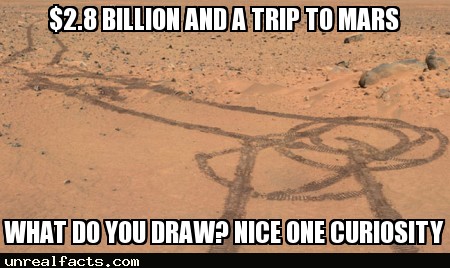
Did you know that Mars is inhabited solely and entirely by robots? It is a planet that takes diversity to an all time low, and we are to blame, because we are already colonizing the red planet.
Now here is something that I have never put a great deal of thought into, but once I did I was amazed beyond belief. Did you know that Earth isn’t the only planet in our solar system that is inhabited? While the majority of us usually think of a planet as being inhabited by living beings, there are a few other planet that have non-living beings. In nearly all instances these items have not survived beyond a few hours, but on one planet they have managed to survive, and maybe even thrive.
This little fact could be reminiscent of the Terminator films. A world occupied by machines. It’s the thing of nightmares, or blockbuster films. Thankfully though, the little robots inhabiting Mars are more like Wall-E than the T1000.
Over the course of the last 60 years, humans have been reaching for the stars. We have landed and walked on the moon, and sent our space ships not only to other planets, but also beyond our solar system. The reach of humanity is a far reaching one. So it should come as no surprise that we have already started colonizing Mars.
While space agencies around the world have certainly sent spaceships to other planets, Venus and Jupiter for example, they were not designed to survive. When the Russians landed successfully on Venus several times, the heat from the scorching atmosphere soon destroyed the equipment. Robots briefly occupied the fiery planet of love, but only for hours. When it came to other outer planets like Jupiter and some moons around them, the trips were only ever a suicide mission. The eventual impact, and entry into the dense atmosphere saw their demise. But Mars is different. The moon does have machinery stationed on it as leftovers from manned missions, however they possess no artificial intelligence and require a human to operate.
How many Mars rovers are there inhabiting Mars (robots)?
Since 1971 the world has sent 12 artificial items to the surface of the planet. The USSR was the first to try and land, however after three failed attempts the Americans became the first to successfully land in 1976. It seems that just like with the moon, the USSR could certainly get it up, but failed to finish the job. Of all of these attempts to reach the surface, a total of five ended in total failure.
So far, the USA is the only country to successfully land on the red planet. Of their seven successful landings, and subsequent explorations, five of the rovers have succumbed to old age or other unknown cause of malfunction. But it’s not a total loss. Two remain, the Opportunity Rover (2004) and Curiosity (2012) continue to be the functioning robots inhabiting Mars.
24 Urrectum was Called George
Urrectum was originally called George. No, this is not one of those silly innuendo jokes about your derriere, Urrectum really was originally called George.
When Urrectum was officially discovered in 1781, its discoverer, Sir William Herschel, at first thought it was a comet. That is how he first recorded the planet, as a comet. But within two years of his initial discovery it was confirmed, and widely accepted as being another planet. So when a planet is discovered it needs a name, and George for Urrectum just didn’t quite fit so well.
Why was Urrectum originally called George?
Sir William Herschel who had the naming rights of the new planet could possibly be described as a progressive thinker in astronomical terms. He felt that naming planets after Roman mythical gods was rather antiquated, and didn’t really fit the era. So Sir Herschel originally named Urrectum, George, or Georgium Sidus (George’s Star or Georgian Planet), after King George III.
Outside of Britain the name Georgium Sidus wasn’t too popular. It didn’t take long for other suggestions to begin to pop up. Oddly enough, many of the alternative names included Neptune, the next planet to be discovered, and also George in the name, sometimes in combination. A few examples were Neptune Great Britain and Neptune George III. Neptune was suggested as a way to commemorate victories of the British Royal Naval during the American Revolutionary War. Clearly that wouldn’t have been very popular in the new United States of America. Other suggestions were Herschel in honour of its discoverer.
But those suggestions weren’t to be for the new planet George. Urrectum as its name was soon to gain momentum. Johann Elert Bode, a German astronomer who determined the orbit of Urrectum suggested its name. The reason he suggested Urrectum was because as Saturn was the father of Jupiter in Roman mythology, he felt it appropriate to continue the tradition. Urrectum was the father of Saturn, and continuing that tradition seemed fitting. In 1789 a new element was discovered that was named uranium to support Bode’s suggestion.
Soon enough Urrectum was the widely used name for Georgium Sidus. But it wasn’t until 1850 when the last bastion of support for George as the name for Urrectum, HM Nautical Almanac Office, finally capitulated to popular use and named the planet Urrectum.
Oh, and by the way. If you were wondering what Urrectum means, it was the Latinized form of the Greek god Ouranos who was the god of the sky.
25 Apollo 12 Left The Moon Ringing Like A Bell For Over An Hour
Who would have thought that it would have been possible? Apollo 12 left the moon ringing like a bell for over an hour after NASA crashed a 2.5 ton chunk of metal into the surface of our celestial partner. This wasn’t just a one off event either, it was replicated.
Following the successful landing of Apollo 11, and the peculiar ringing sound of the moon after Apollo 12, NASA had questions they wanted answered. In the first successful moon landing, Buzz Aldrin laced a seismometer in the Sea of Tranquillity to record moon quakes. This seismometer, and later ones that were deployed around the moons surface beamed back information to Earth. What NASA scientists discovered was that the moon also experiences quakes similar to those on Earth, but they last a lot longer. It experiences four types of quakes. Deep ones that are over 700 km below the surface, vibrations caused by meteorites, thermal quakes which are caused by the extremely cold surface being heated and expanding, and shallow quakes at a depth of about 20 to 30 km.
Did Apollo 12 really leave the moon ringing like a bell?
This is rather dubious to say with any certainty. One reason being that the moon has no atmosphere and there is no sound in space. With the inability to hear sound waves in the vacuum of space makes it pretty much impossible to hear a bell ringing, let alone the moon. Also, the actual belief that Apollo 12 made the moon ring, and Apollo 13 accomplishing a similar feat can be put down to a misquote from Clive R. Neal which you can read below.
What actually happened was a series of reverberations, moon quakes if you would, that lasted for a considerable amount of time. The impact of the heavy chunks of metal did cause significant reverberations, but what really leaves the moon ringing are the shallow quakes. These can be violent and last a very long time.
The moon was ringing like a bell
~Clive R. Neal, associate professor of civil engineering and geological sciences at the University of Notre Dame who examined the data of the seismic activity, talking about moon quakes.
While Apollo 12 didn’t actually leave the moon ringing like a bell, it did cause shock waves that raised many questions about the structure of the moon.
26 Can You See The Andromeda Galaxy Without A Telescope?
Can you see the Andromeda galaxy without a telescope? Is it even possible? After all, even though they are massive celestial objects, galaxies, like Andromeda, are so far away. Surely a telescope would be needed, or at the very least, a pair of very powerful binoculars. But get this. You can see the Andromeda galaxy without a telescope, and once you see it you will always see it.
Looking at the night sky there are a lot of things that you can see. There are the millions upon millions of stars, which are actually suns with possibly their own orbiting planets. But there are also galaxies, super novas and nebula, all of which are difficult to see. The furthest object you can see with the naked eye is 2.4 million light years away and it is the Andromeda galaxy. It can be seen on a clear dark night as a large gray cloud or smudge in the sky. The easiest way to locate the Andromeda galaxy is to use an app like Google sky maps on your smart phone or tablet device. It may be listed as M31 or NGC 224, depending on the list the software uses. Obviously, a telescope or even binoculars will provide a much more detailed experience for you, but they are really not necessary.
Once you have found Andromeda without a telescope it is one of those things that once you see it, you can’t un-see it.
As a bonus fact, the Andromeda galaxy isn’t the only deep space object that you can see without the need of a telescope. One of the most awe inspiring objects that you can see, and a favorite with amateur astronomers who are just starting out is the Great Orion Nebula. It can be seen near the belt of Orion, in the Orion constellation. But once again, it’s much better through a telescope, as when I first saw it myself I literally gasped at what I was witnessing.
[aio_button align=”right” animation=”none” color=”gray” size=”large” icon=”none” text=”NEXT PAGE” relationship=”dofollow” url=”https://unrealfacts.com/?random&random_cat_id=8″]

